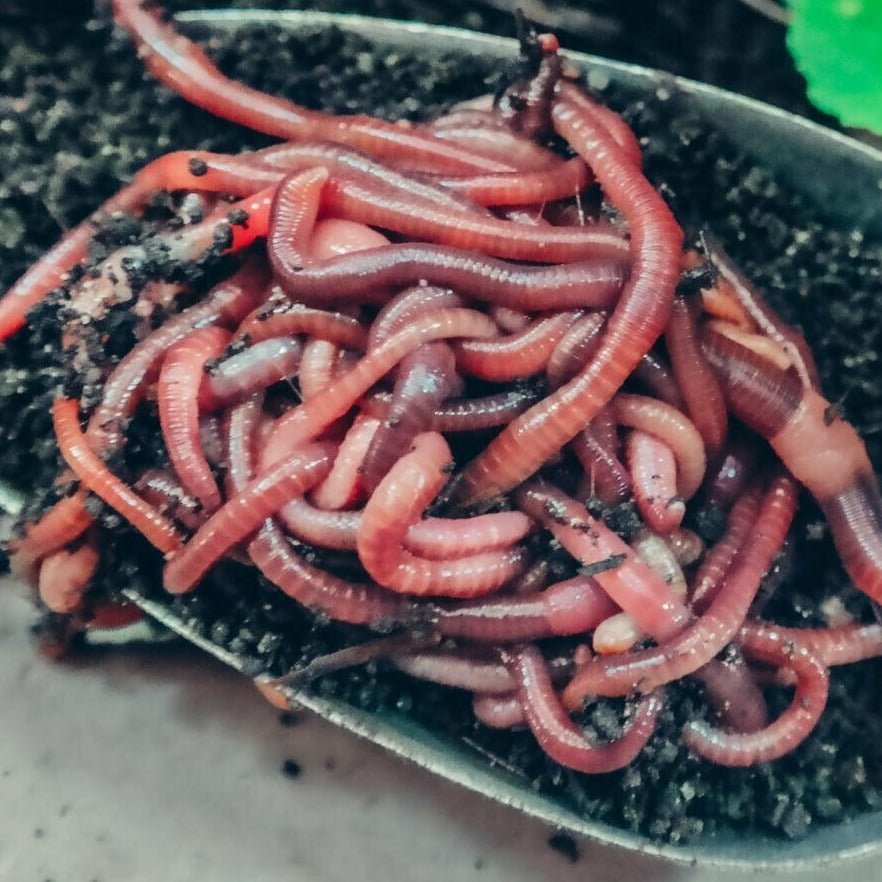The Ultimate Guide To Red Wiggler Express
The Ultimate Guide To Red Wiggler Express
Blog Article
Red Wiggler Express Things To Know Before You Get This
Table of ContentsLittle Known Questions About Red Wiggler Express.The Ultimate Guide To Red Wiggler ExpressThe Ultimate Guide To Red Wiggler ExpressIndicators on Red Wiggler Express You Need To KnowRed Wiggler Express Things To Know Before You Buy
And the flourishing Red Worm population? Also in the stack that was set up directly in front of backyard composters with existing Red Worm nests.
Lots of varieties, consisting of Red Wigglers, European Nightcrawlers, and Lumbricus types were brought over from the European continent. Right here's the thingNative or not - and as talented as they are at being able to survive in a wide-range of settings and problems -. To put it simply, they are even more likely to socialize in any kind of energetic composting systems you have established up, than they are to roam off and begin wrecking the environment.
Origins call for oxygen for respiration and depend on smooth air flow within the dirt to prosper. When it rains, dirt can come to be saturated with water, minimizing the oxygen available and preventing vitamins and mineral absorption. To keep an optimum balance, the soil should enable water to drain pipes adequately, leaving adequate room for air to support origin health
The Main Principles Of Red Wiggler Express

When it involves worms for composting, what comes to mind? If you were an earthworm dog breeder, dealership, or simple gardener, then you 'd understand that red wiggler worms are the suitable worms for vermicomposting. To find out more regarding these earth marvels, gone through a few of the red worm truths listed below.
(https://dbsdirectory.com/gosearch.php?q=Red+Wiggler+Express)If they stretch their bodies, you'll be able to see the stripes on their skin. When elevating worms such as red wiggler worms, you must have the ability to recognize how to profit them. When you have the ability to preserve and look after their environment well, and additionally feed them the appropriate sort of natural wastes, after that they'll be able to create nutrient-packed and quality-rich worm spreadings for you (likewise referred to as worm poop or garden compost).
6 Easy Facts About Red Wiggler Express Described
What do worms eat? Well, these red wriggler worms can be fed with kitchen area scraps and garden wastes.

This actions makes them well-suited for life in worm containers, compost heap, and other constrained areas where organic waste is bountiful. Developing an optimum setting for red wigglers needs a thoughtful approach. Think about the complying with essential aspects to care for red wigglers in your home and guarantee their health: Make use of a bed linens of shredded paper or cardboard.

Add a handful of completely dry, shredded paper if the bin becomes also wet. They do! Red wiggler worms reproduce by laying tiny, lemon-shaped eggs in safety cocoons. These cocoons are usually deposited in the bed linens and hatch into baby worms within a few weeks. The rapid reproduction cycle of red wigglers is one of the reasons they are favored for vermicomposting.
Not known Details About Red Wiggler Express
Their flexibility and resilience have actually made them a preferred option for vermicomposting in various regions around the globe. Yes! They can survive from an array of 32F to 90F. They are very adaptable critters. Think about safety procedures for extremely extreme temperature levels such as: Protecting the worm container with layers of straw or leaves.

Simply keep in mind - you can constantly add more food later on (however it's hard to remove feed once it's been included to a bin!).
Because I fed the red wigglers and garden compost worms too much, they weren't able to maintain up and over time the older food went leftover and developed anaerobic problems that killed the worms. Below're the 6 gold policies for exactly how frequently and exactly how much to feed your worms: Regulation # 1: Moderation!
The Red Wiggler Express Ideas
Leftover food will certainly lead to anaerobic conditions that will eliminate your real-time worms. Regulation # 6: After the very first feeding, feed the worms 1/3 to 1/2 of their weight.
Report this page